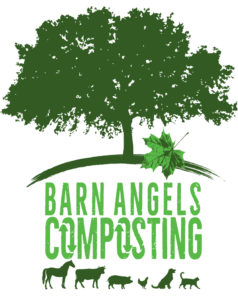Great question! During the compost process almost all the bones become brittle and break down. They resemble the image of a coral reef, brittle and small. Those bones compost into the final soil and provide nutrients such as phosphorus, one of the three primary plant nutrients, but also calcium and nitrogen. Some of the larger bones are re used in the compost process a second time. We look at these as lucky bones, they provide us with the needed pockets of air to create the perfect environment for anaerobic digestion.


Leave A Comment